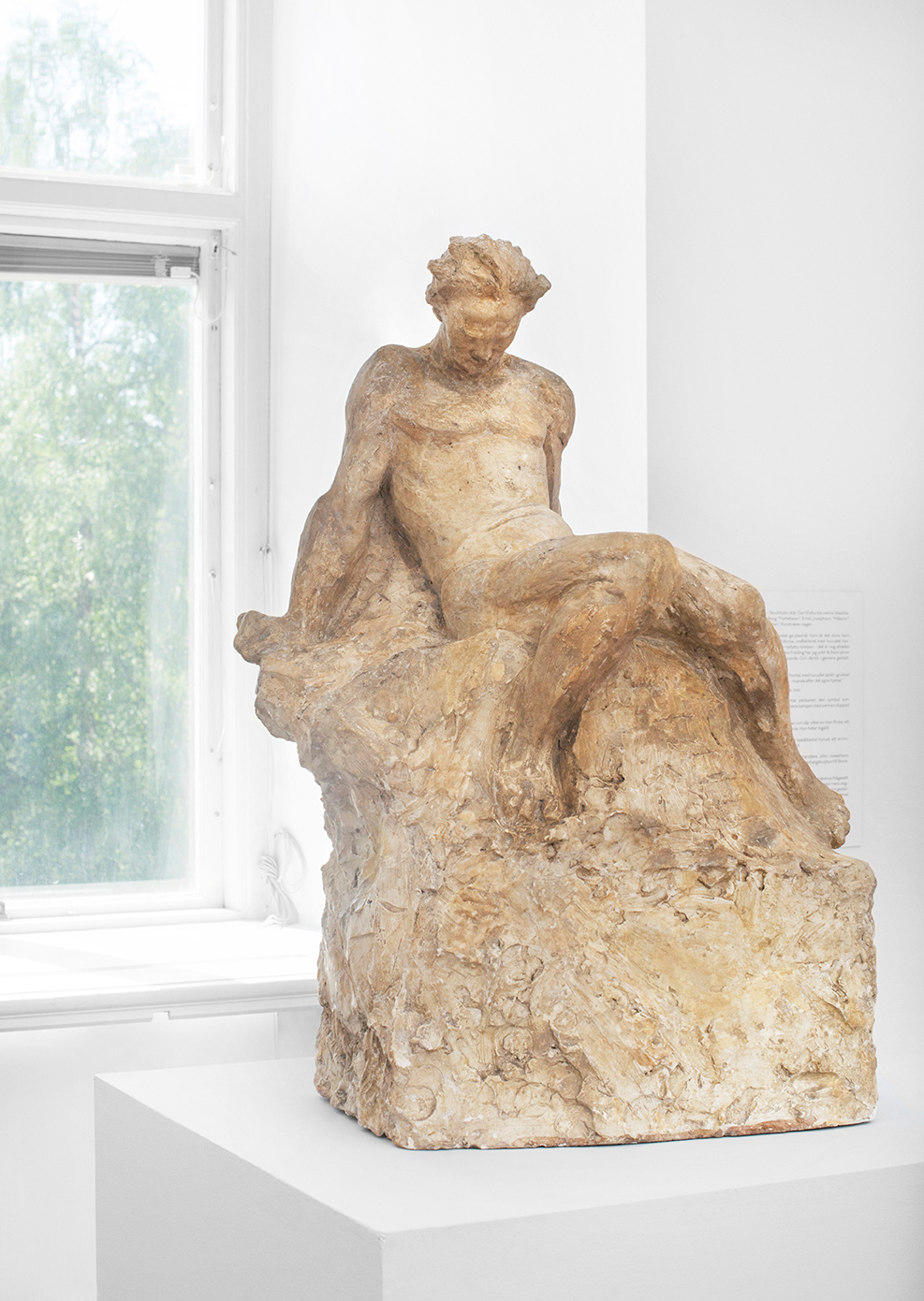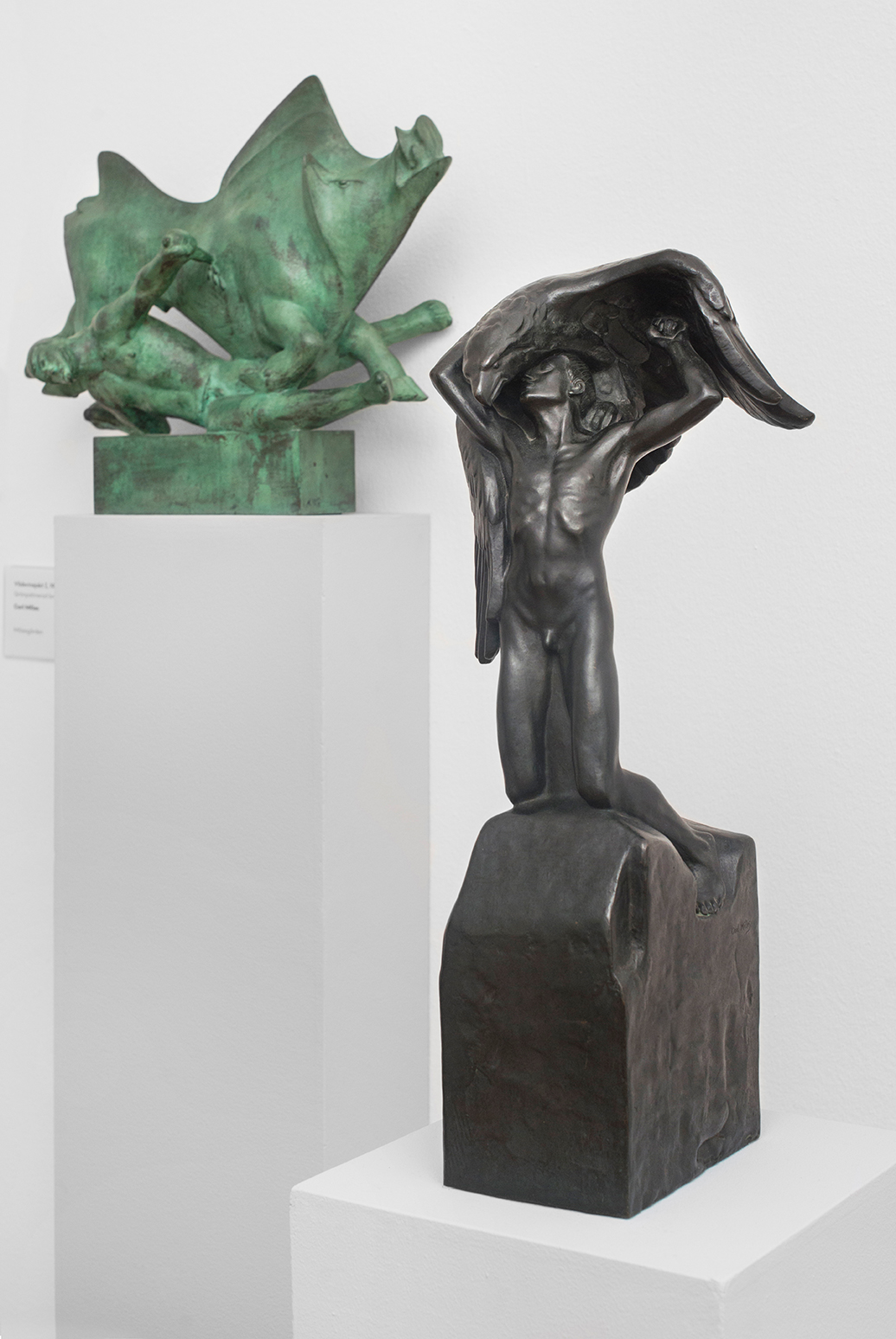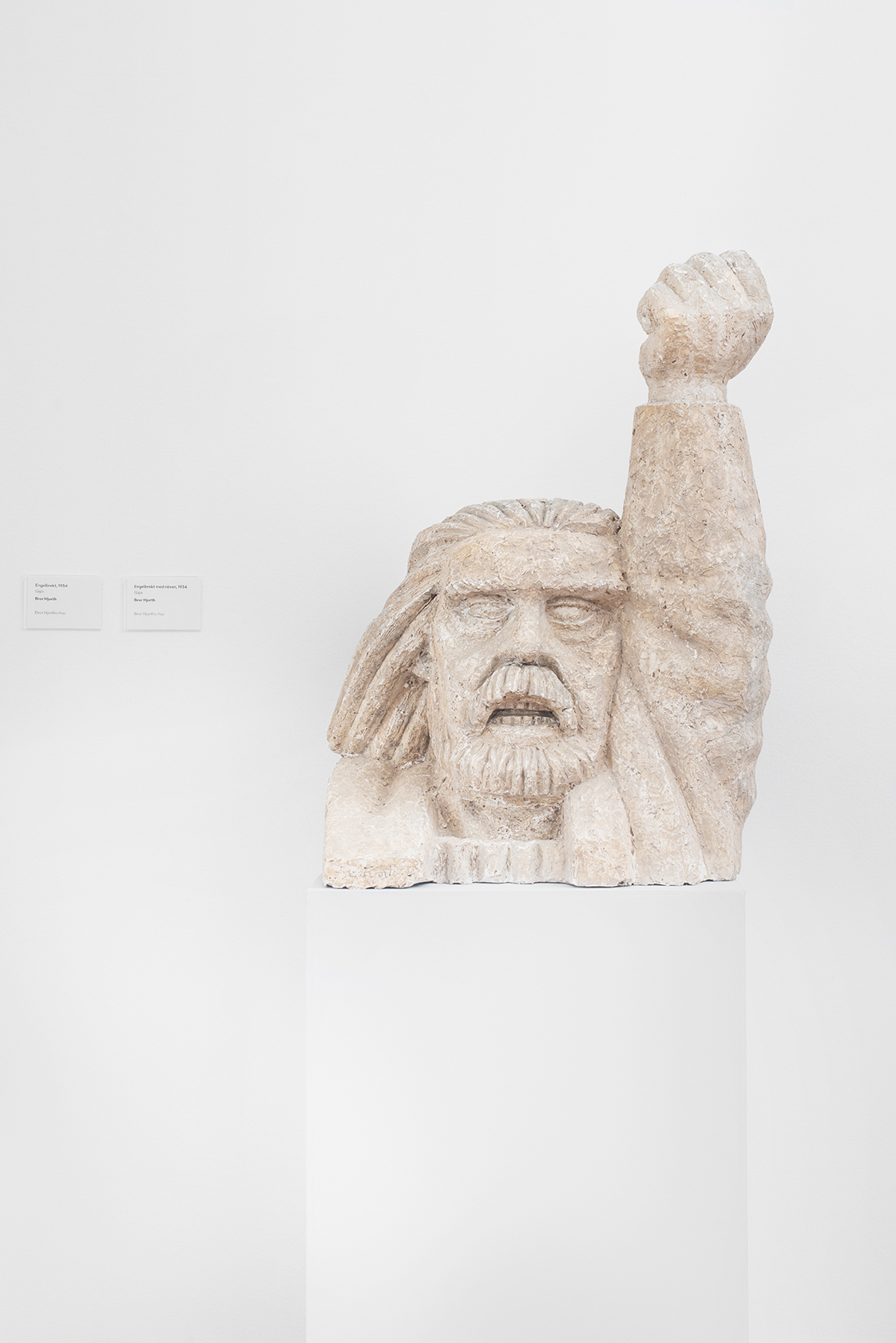HEM
28 May – 18 September 2016
 |
 |
 |
Bror Hjorth, Carl Eldh and Carl Milles: three boys from three villages in the Upplandic countryside that would become the foremost sculptors of their time. Today, half a century after their passing, they still mark our public space, our cultural heritage, and education. Hjorth, Eldh and Milles all knew at an early age that they would become artists. As so many other young budding artists, they travelled to Paris to educate themselves in the most contemporary expressions within the field of sculpture, as was the custom from the late 1800s until the Second World War, when Europe came to a standstill.
Being of the same age, Carl Eldh and Carl Milles resided in Paris for a few years around the same time. They frequented the same city districts and were vaguely acquainted, but did not socialise on a regular basis. Both were represented and received awards at the Paris Salon during the years around the turn of the century, and both were influenced to a high degree by the pioneering and singularly powerful impressionist, Auguste Rodin. Eldh and Milles were later active in Stockholm during the first half of the 1900s and collaborated from time to time with some of the era's foremost architects. The preferred style of the era was homogeneous. The range of assignments was limited, as was the range of motifs, and naturally, they must have seen each other as competitors. There is, however, no indication of any animosity between the two. Furthermore, Eldh and Milles were presumably all too different both as individuals and with regard to their artistic expressions to become true rivals.
Bror Hjorth was twenty years younger that Eldh and Milles, and hence more involved in and more knowledgeable of the theories of modernism. In Paris, Bror Hjorth resided in the same district that Eldh and Milles had before him, the Montparnasse quarter. He was also strongly influenced and inspired by Rodin's artistic idiom, albeit primarily via his teacher Antoine Bourdelle. Despite the age difference, Bror Hjorth understood and deeply appreciated the work of Carl Eldh, whom he had respected and admired his entire life. Carl Milles' sculptures, however, left him unimpressed. Why was that the case? It seems there is no clear answer to that question.
The aim of this exhibition is to provide insight into such issues and others regarding the nature of art, and thereby offer the visitor new and perhaps unexpected means of access to our common cultural history as well as clues on how to view volume, art and existence.
Lisen Hessner, curator

